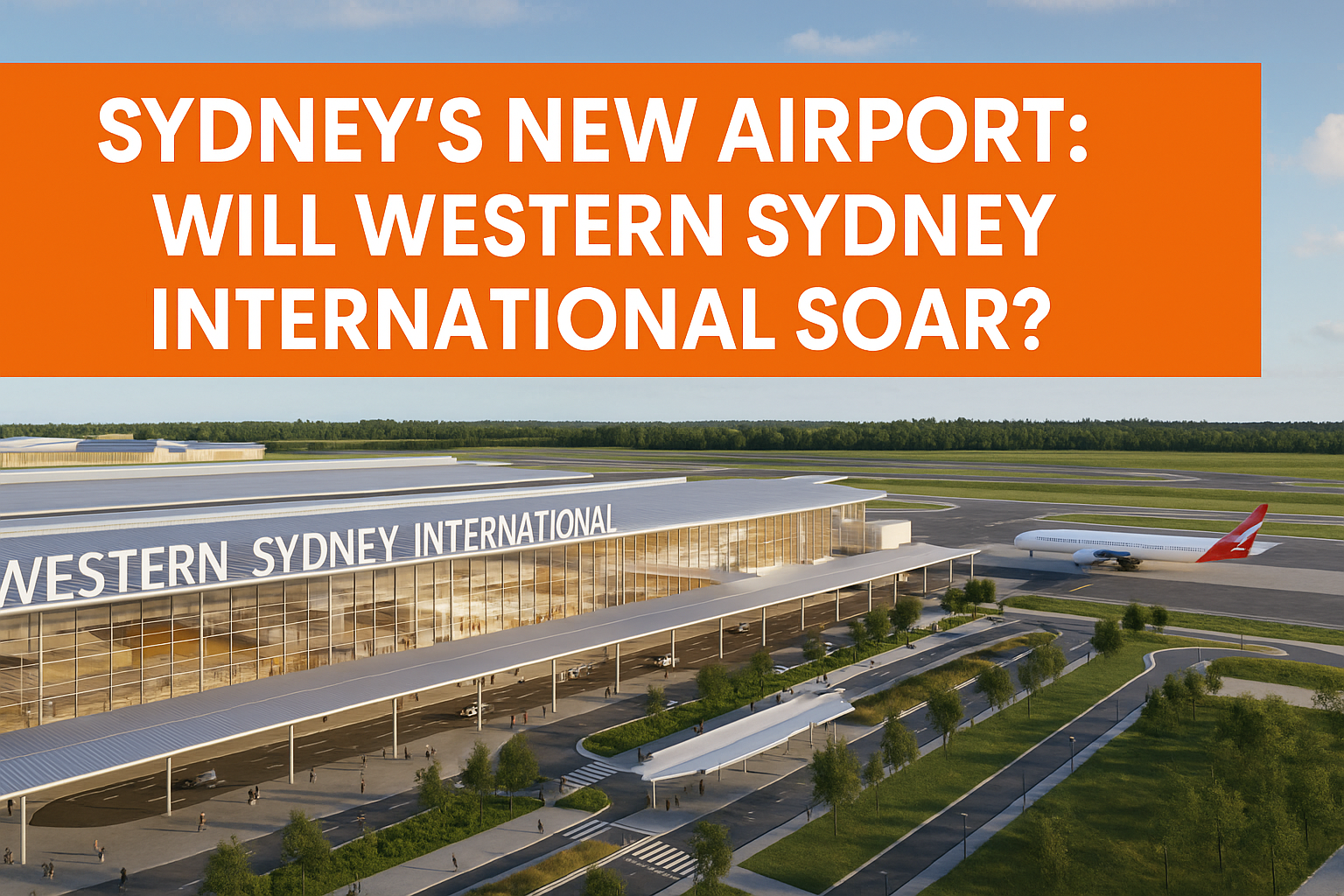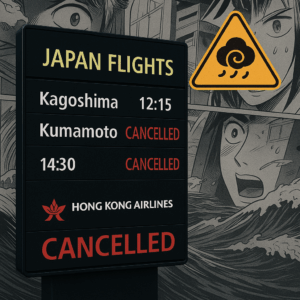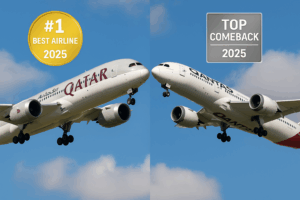Sydney is on the cusp of a major aviation milestone with the Western Sydney International Airport (WSI) nearing completion, set to open its runways in 2026. This 24-hour, high-tech airport promises to reshape travel in Australia’s busiest city, but the big question remains: will airlines and travelers embrace it? At Airseeker.com, we’re diving into what WSI means for the future of travel and why it’s generating both excitement and skepticism.
A Game-Changer for Sydney’s Skies
Unlike Sydney’s Kingsford Smith Airport, which is constrained by an 80-movement-per-hour cap and an 11pm–6am curfew to reduce noise pollution, WSI will operate around the clock with no such restrictions. This flexibility could be a game-changer, especially for new airlines looking to break into the market dominated by Qantas and Virgin Australia. With 2.5 million people in Western Sydney—one of Australia’s fastest-growing and most vibrant communities—WSI is strategically positioned to serve a massive local catchment, making it an attractive hub for both domestic and international flights.
Airlines: Cautious Optimism
While the potential is huge, airlines are taking a measured approach. Qantas has confirmed it will operate services at WSI using QantasLink, its regional brand with smaller aircraft, suggesting a conservative start. This mirrors the experience of Victoria’s Avalon Airport, which has struggled to attract major carriers and passengers despite its potential. In the short term, Kingsford Smith is expected to remain Sydney’s primary airport, as demand for WSI builds gradually. However, with new international routes launching across Australia—like Jetstar’s Newcastle-to-Bali service and Sydney’s new connections to Istanbul and Shanghai—WSI could tap into this growing appetite for global travel.
What’s in It for Travelers?
For travelers, WSI offers exciting possibilities. The airport’s 24-hour operations mean more flexible flight schedules, potentially reducing the hassle of early-morning or late-night transfers. Its location in Western Sydney also makes it a convenient option for millions of residents, cutting travel time to the airport for those west of the city. Plus, with cheaper jet fuel driving down airfares in 2025—domestic economy fares were 12% lower in early 2025 compared to last year—WSI could become a hub for budget-friendly travel.
But there are challenges. Some residents are concerned about noise from finalized flight paths, though adjustments have reduced overflights near areas like Linden in the Blue Mountains by about 50%. Travelers will also need time to adjust to a new airport, especially as Kingsford Smith remains the go-to for most.
The Road Ahead
WSI’s success hinges on whether airlines see it as a viable alternative to Kingsford Smith and whether travelers embrace its convenience. Some experts project that WSI could one day rival London’s Heathrow in passenger numbers, a bold vision for a region brimming with potential. For now, the airport is a symbol of opportunity, poised to shake up Australian aviation by fostering competition and choice.
Book Your Next Trip with Airseeker.com
As Western Sydney International prepares to take flight, Airseeker.com is your go-to platform to stay ahead of the curve. Whether you’re planning a domestic getaway or an international adventure, we’ll help you find the best fares and routes, including future flights from WSI. Keep an eye on our site for updates on new airlines, destinations, and deals as Sydney’s newest airport gears up to redefine travel.
Ready to explore the world? Let Airseeker.com guide your journey!








